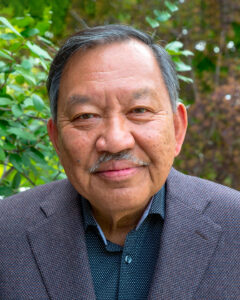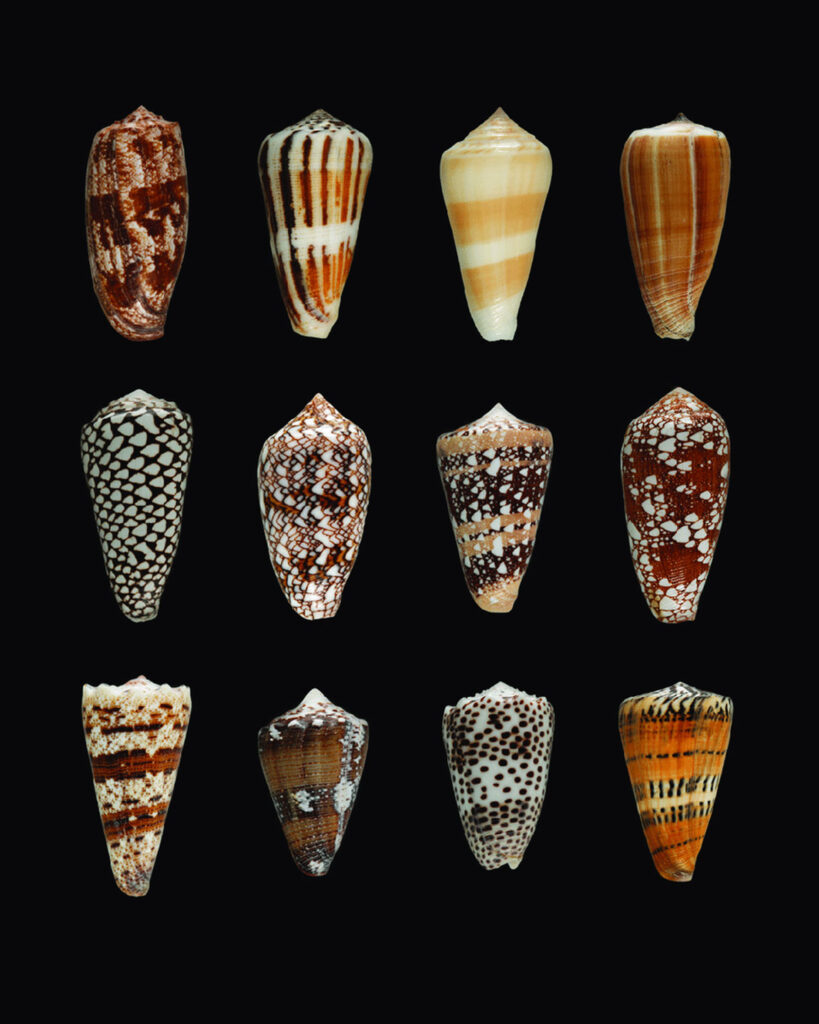Spirit of Salam

Tino Nyawelo
Tino Nyawelo Wins 2023 Spirit of Salam Award.
The family of International Centre for Theoretical Physics (ICTP) founder and Nobel Laureate Abdus Salam announced that Tino Nyawelo, associate professor of physics at the University of Utah, is a recipient of the 2023 Spirit of Salam Award. Revealed annually on Abdus Salam’s birthday, the award recognizes those who, like Salam himself, have worked tirelessly to promote the development of science and technology in disadvantaged parts of the world.
Nyawelo was recognized for founding Refugees Exploring the Foundations of Undergraduate Education in Science (REFUGES), a program to help historically excluded students to pursue STEM education at the university level. Nyawelo, who in 1997 left his home country of Sudan to complete a postgraduate program at the ICTP in Italy, considers the award a full circle moment.
“This award is very special to me because my time at the center put me directly on the path that I’m following today,” Nyawelo said.

Abdus Salem
Salam, a theoretical physicist from Punjab, Pakistan, received a bachelor’s and doctorate degree from the University of Cambridge due to Pakistan’s lack of scientific infrastructure at the time. Salam was a passionate advocate for boosting science in developing countries and lived by his conviction that science is the common heritage of humankind. In 1964, he founded the ICTP in Trieste, Italy, as an “international scientific hub of excellence linking scientists from developing countries with their colleagues worldwide, overcoming intellectual isolation and helping build a strong scientific base around the world so that all countries can play their rightful role in the global science community and in the family of nations,” according to the ICTP. He won the 1979 Nobel Prize in physics, becoming the first Pakistani and the first Muslim from an Islamic country to receive the prestigious prize in science.
In 1996, Nyawelo was unsure of his next move. He had completed a bachelor’s degree in physics from the Sudan University of Science and Technology in Khartoum, Sudan and was appointed as a teaching assistant. At the time, there were no Sudanese physics PhD programs, and he was considering switching to computer science. Luckily, Marten Durieux, a renowned Dutch physicist from the University of Leiden, Netherlands, intervened. Durieux, who passed away in 2011, traveled to Sudan every year to teach physics courses. His first-ever PhD student was a brilliant scholar from Sudan, and Durieux fell in love with the country. Over his career, Durieux mentored 11 Sudanese students through their PhDs. Nyawelo was admitted to a year-long intensive program at the ICTP.

Marten Durieux
“The ICTP diploma program was eye-opening, but difficult,” said Nyawelo. “It was the first time I’d left my country, the first time I’d learned science in a language other than Arabic, I didn’t know anybody, and Italy was a culture shock.”
Through Durieux, Nyawelo met Jan-Willem van Holten, a theoretical physicist at the Dutch the National Institute for Nuclear Physics and High Energy Physics (NIKHEF), with whom Nyawelo continues to collaborate to this day. After he completed his PhD in 2004, he returned to the ICTP for his postdoc. During his time in Europe, Nyawelo traveled frequently to Utah to visit his girlfriend, now wife. They started dating in Sudan, but she and her family were relocated to Salt Lake City after fleeing violence at the outbreak of the Sudanese civil war. Many of Nyawelo’s friends and classmates had also relocated—and the community felt like coming home.
“Durieux—that’s the connection that helped me, and motivated me to help others. I benefited a lot from support to pursue physics without paying a cent,” Nyawelo said. “I was planning on giving something back.”
While in Utah, colleagues in the Department of Physics & Astronomy gave Nyawelo a desk to continue his research, eventually offering him a post-doc position in 2007. By 2009, he and other members of the refugee community became alarmed at the high rates of school dropouts. They realized that many refugee youth come to Utah with little English and intermittent formal schooling. When they arrive in Utah, the school system places them in a grade based on their age, leaving many feeling overwhelmed and left behind. Nyawelo and partners founded REFUGES, an after-school program to help refugee students in middle and high school thrive in STEM subjects. The U has housed REFUGES since 2013 where it has expanded to include a summer bridge program for incoming first-year students at the U, and non-refugee students who are underrepresented in STEM fields.

Receiving the Salam Award in Trieste, December 2023
“I related to the Utah newcomers. It reminded me of when I went to Italy for the first time, science was taught in different language in a very different system,” said Nyawelo. “That’s how the whole afterschool program started. Because I remember the feeling of being that vulnerable.”
In 2020, the National Science Foundation awarded Nyawelo and collaborators $1.1 million over three years to study how refugee teenagers construct self-identities related to STEM across settings, such as physics research and creating digital stories, across relationships, such as peer, parent, and teacher, and across the languages they speak. Embedded in REFUGES, the first-of-its-kind project is titled “Investigating the development of STEM-positive identities of refugee teens in a physics out-of-school time experience.”
A cohort of teens learned the principles of physics and computer programming by building detectors for cosmic rays. The detector technology is adapted from HiSPARC (High School Project on Astrophysics Research with Cosmics), a program founded by Nyawelo’s former advisor, van Holton. van Holton and his students have flown to Utah several times to help Nyawelo adapt the program.
“I still have a big connection with the Netherlands— van Holten and his colleques at Nikhef has donated a lot of the equipment for free, to work and build cosmic ray detectors with high schools student here in Utah, and they handed me the project that they started more than 20 years ago,” said Nyawelo. “It’s been an exciting project that can serve as a model for other places who want to support students from these backgrounds succeed in STEM in higher education. Just like I was at ICTP and the Netherlands.”
Other Awardees
The two other Spirit of Salam awardees Hugo Celso Perez Rojas of the Instituto de Cybernetics Mathematics and Physics in Cuba, who has worked intensely to persuade Cuban policy makers that basic science is by no means a luxury but a crucial need for the development of third-world economies; and Federico Rosei, Institut National Recherche Scientifique in Montréal, Canada, has shown outstanding international leadership, spanning from research, to education to building capacity and mentoring.
“We are delighted to recognize the contribution of these three fine humanitarians, who have taken the spirit and example of Abdus Salam to serve humanity and promote education to the most deserving in the developing countries. They have worked tirelessly to support those, who purely by the accident of their birth do not have access to those born in the developed countries.”
by Lisa Potter, first published @ theU

















